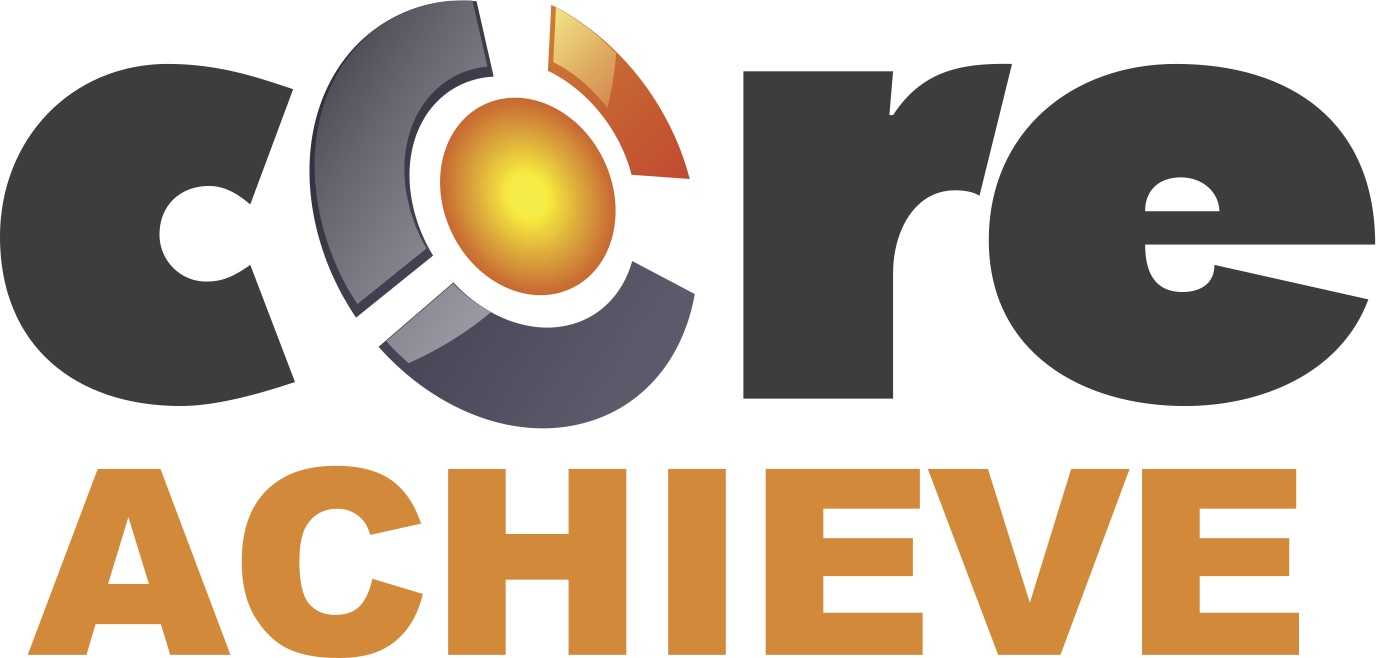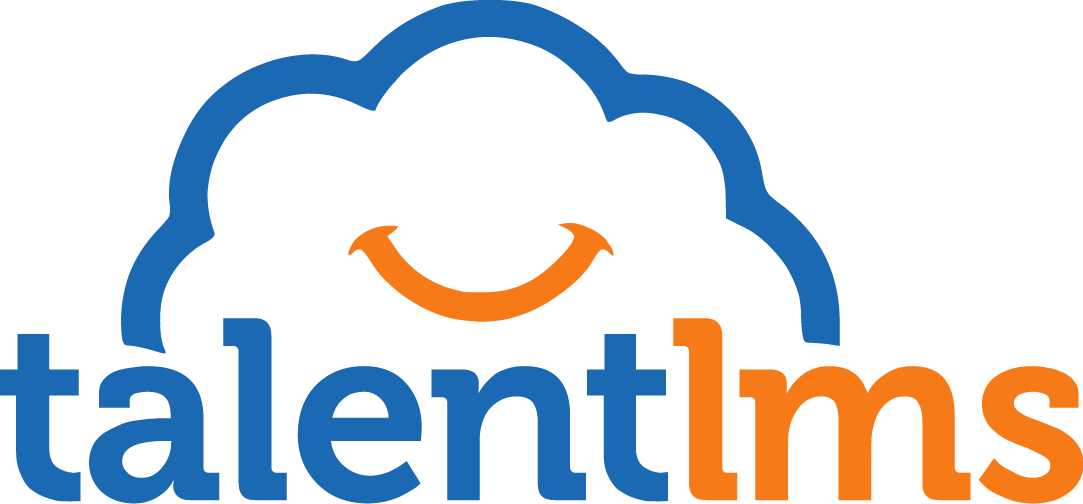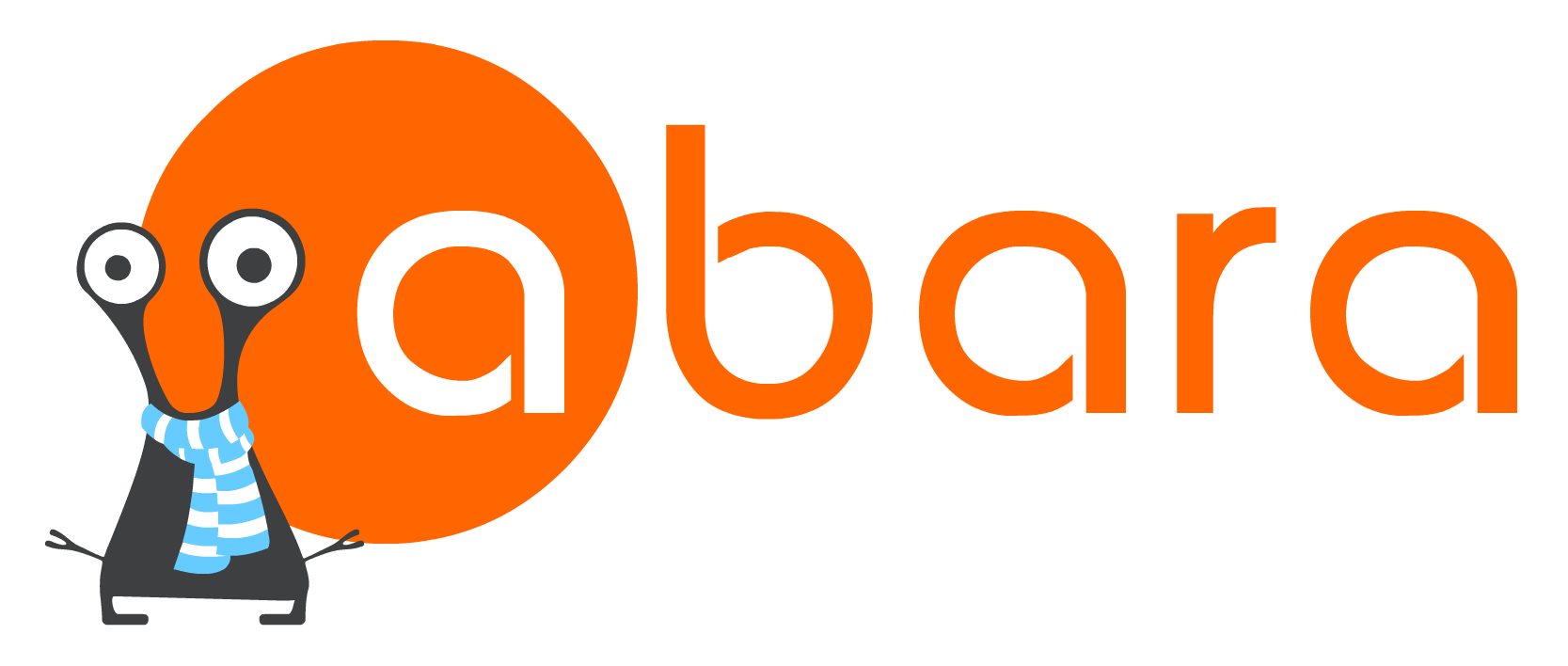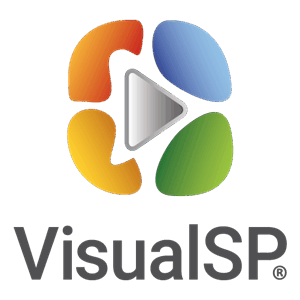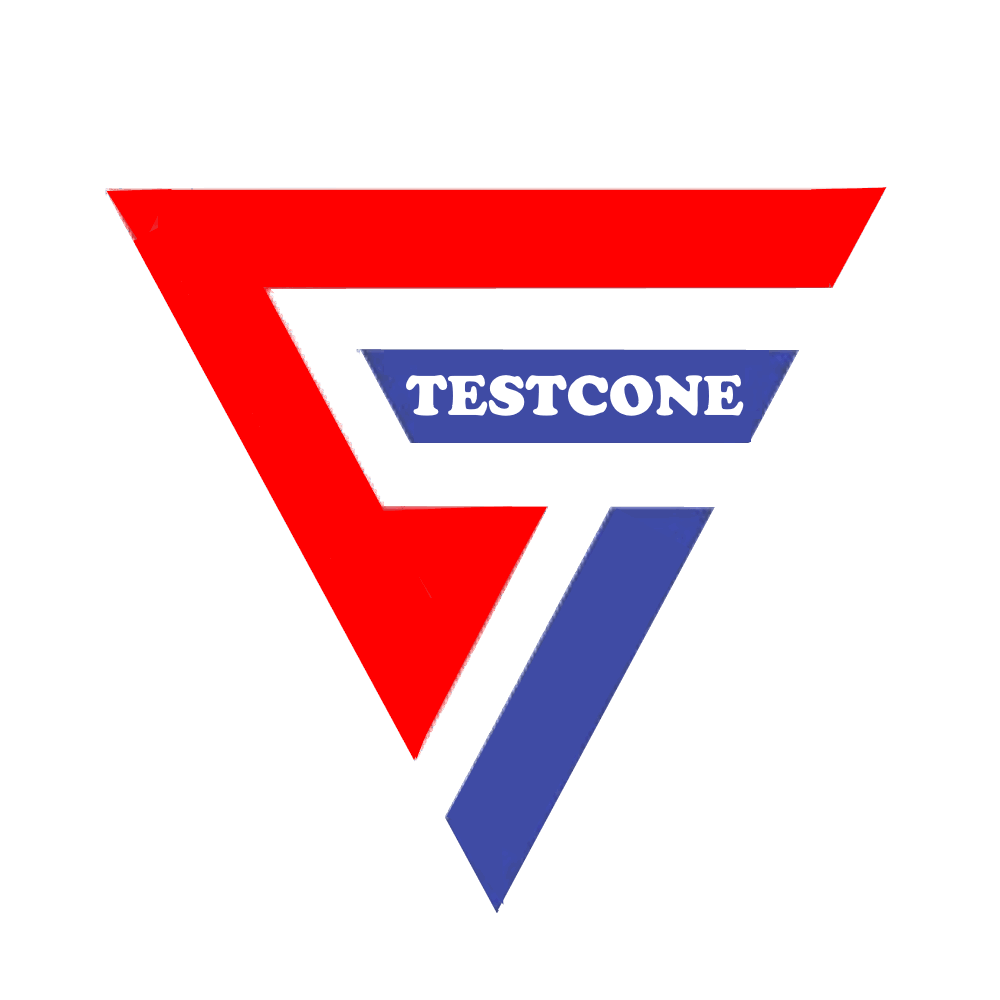What Is Dynamic Learning & Training Software?
A strong and adaptable tool, dynamic learning and training software is made to improve the educational and training process for both individuals and companies. This digital platform is well-liked for corporate training programs, educational institutions, and individual learning because it provides a variety of interactive and adaptable capabilities.
In order to provide an engaging and customized learning environment, this program makes use of the newest technologies, including gamification, virtual and augmented reality, artificial intelligence, and configurable content. Because the program is dynamic, it can adjust to each learner's unique needs and progress, letting them study at their own speed.
The capacity of dynamic learning and training software to accommodate various learning preferences and styles is one of its main advantages. To meet the demands of different types of learners, it provides a range of learning modes, such as visual, aural, and hands-on. As a result, learning becomes more effective and efficient, which enhances knowledge retention and application.
Real-time feedback, progress monitoring, and performance analytics are further features of this software that provide trainers and students with insightful information about their learning outcomes and areas for development. Additionally, it facilitates remote learning, which makes it an affordable and practical option for businesses with dispersed teams or distant learners.
A user-friendly interface, ease of interaction with current learning management systems, and device compatibility are some essential characteristics to search for in dynamic learning and training software. The software's security features and customer service alternatives must also be taken into account.
What Are The Recent Trends In Dynamic Learning & Training Software?
In recent years, there has been a notable increase in demand for dynamic learning and training software, commonly referred to as e-learning or virtual learning software. The market for dynamic learning and training software has grown increasingly competitive and diverse as a result of the global shift towards remote work and digital learning. The following are some current developments in dynamic learning and training software:
1. Mobile Learning: Software developers have begun concentrating on developing mobile-friendly learning platforms as a result of the growing usage of mobile devices. This makes studying more flexible and easy by enabling students to access training materials and courses while they're on the go.
2. Machine Learning (ML) And Artificial Intelligence (AI): Are being integrated into dynamic training and learning software to customize the learning process for every user. Algorithms using AI and ML examine user behavior and offer tailored suggestions, which improves learning.
3. Gamification: Another well-liked development in dynamic training and learning software is gamification. It entails adding game features like accomplishments, points, and prizes to make learning more dynamic and interesting for users.
4. Microlearning: The goal of this trend is to simplify difficult ideas into manageable, bite-sized informational units. Microlearning techniques are being used by dynamic learning and training software to provide learners with more efficient and effective training modules that are brief and targeted.
5. Virtual Reality (VR) And Augmented Reality (AR): By constructing a virtual world that users can engage with, these technologies provide an immersive educational experience. In order to replicate real-life situations for training, dynamic learning and training software has begun integrating VR and AR, particularly in sectors like manufacturing and healthcare.
6. Social Learning: As social media has grown in popularity, social learning tools like discussion boards, peer-to-peer learning, and sharing options are being added to dynamic learning and training software to help users learn together.
Benefits Of Using Dynamic Learning & Training Software
Software for dynamic learning and training has grown to be a vital resource for businesses of all kinds. This program provides a number of advantages that traditional training approaches just cannot match, ranging from upskilling and remote training to new employee onboarding. We will examine the main advantages of purchasing dynamic learning and training software in this buyer's guide to assist you in making an informed choice for your company's requirements.
1. Interactive Learning Experience: To provide employees with an engaging learning experience, dynamic learning and training software incorporates a range of interactive elements, including movies, animations, simulations, and quizzes. This makes the instruction more effective by improving retention and accommodating various learning styles.
2. Tailored Content: Particularly in training, there is no one-size-fits-all solution. Businesses can tailor the information to their own requirements and goals by using dynamic learning software. Better learning outcomes are achieved as a result of more relevant and focused instruction.
3. Economical: Using conventional training techniques can be costly and time-consuming. The use of costly in-person training sessions, printed materials, and travel fees is eliminated with dynamic learning and training software. Businesses save a lot of money as a result, making it a long-term, profitable investment.
4. Real-Time Tracking And Reporting: The capacity to monitor and report on students' progress in real-time is a significant benefit of dynamic learning software. Businesses may use this to track employee engagement, find knowledge gaps, and make well-informed decisions about their training programs going forward.
5. Accessible Anytime, Anywhere: Employees are increasingly working remotely or with flexible schedules in our digital age. Employees may conveniently finish training at their own pace thanks to dynamic learning software, which is accessible from anywhere at any time. Additionally, this removes regional restrictions and makes international training initiatives possible.
6. Scalable: Training requirements change and develop with enterprises. Due to its tremendous scalability, dynamic learning software enables companies to add new courses and content as needed. This guarantees that training will continue to be applicable and efficient even as the company grows.
7. Simple To Update: Information and procedures are always changing in the fast-paced world of today. Updating training materials can be expensive and time-consuming when using traditional training methods. Training materials may be easily updated with dynamic learning software, guaranteeing that staff members have access to the most recent knowledge and procedures.
Important Factors To Consider While Purchasing Dynamic Learning & Training Software?
In order to make the best investment for your company, there are a few important elements to take into account when buying dynamic learning and training software. The following are some crucial points to remember:
1. Training Needs: It's important to evaluate your organization's training requirements before delving into the software solutions. What information or abilities are you hoping to acquire? Do you need to improve already-existing training programs or start from scratch? Selecting software that satisfies your needs will be made easier if you are aware of your unique training objectives.
2. User-Friendly Interface: Trainers and students alike should find the software's interface simple to use and intuitive. To guarantee that every user has a seamless learning experience, look for features like drag-and-drop course development, dashboard customization, and straightforward navigation menus.
3. Scalability: Your company's training requirements may change as it expands. It's critical to select training and learning tools that can grow with you. Seek solutions that allow for scaling, feature upgrades, and user additions without causing major problems.
4. Interactive Elements: The program should have interactive elements like games, simulations, and quizzes to keep students interested and motivated. These characteristics improve information retention in addition to making learning more pleasurable.
5. Analytics And Reporting: Comprehensive analytics and reporting features ought to be included in a strong learning and training program. It enables you to monitor learners' progress, spot knowledge gaps, and make data-driven choices to continuously enhance your training initiatives.
6. Mobile Compatibility: Students like to access classes on their mobile devices in the fast-paced world of today. Verify that the software you select provides a smooth learning experience across all devices and is mobile-compatible.
7. Integration With Existing Systems: It's critical to confirm that the new learning and training software can be integrated with any HR or LMS software that your company now uses. It will assist in streamlining procedures, cutting down on redundant data, and improving the effectiveness of your company's training program.
What Are The Key Features To Look For In Dynamic Learning & Training Software?
Software for dynamic learning and training is a useful tool for businesses trying to give their staff members effective, dynamic, and interesting learning opportunities. It can be difficult to choose the program that will best meet your demands because there are so many possibilities on the market. The following are the main characteristics you should search for when thinking about dynamic learning and training software in order to make an informed choice:
1. Customization And Personalization Options: A top-notch dynamic learning and training program should allow you to alter the course style, design, and material to suit the unique requirements of your company. This enables your staff to have a more customized and individualized learning experience.
2. Interactive And Engaging Content: To keep students interested and motivated, the software should include interactive elements like movies, tests, simulations, and gamification. This improves learning and helps people remember what they've learned.
3. Multi-Platform Compatibility: In the modern world, software must be available from any device at any time. Seek out software that works on a variety of devices, including tablets, smartphones, laptops, and desktop computers.
4. Analytics And Reporting: The software should have strong analytics and reporting features that let you monitor your learners' progress, spot knowledge gaps, and gauge how well your training initiatives are working.
5. User-Friendly Interface: Employees of various technical skill levels must be able to effortlessly traverse the software thanks to an intuitive interface. Seek out software with easy-to-use navigation so that students may access and finish courses with ease.
6. Scalability: Your company's training requirements will expand along with it. Select learning and training software that is dynamic enough to expand with your company and support more users and courses.
7. Integration Capabilities: The program should be able to interface with your current systems, including customer relationship management (CRM), human resource management, and learning management systems (LMS). This makes it possible for data and information to flow smoothly.
8. Mobile Learning: As more workers work from home or while on the road, mobile learning is an essential component of contemporary dynamic learning and training software. Seek out software that supports both iOS and Android devices and provides offline access to classes.
9. Customer Support And Training: It's critical to examine the vendor's degree of customer support and training while evaluating software. To guarantee that your company gets the most out of the software, they should provide thorough training and continuing support.
Why Do Businesses Need Dynamic Learning & Training Software?
Effective and efficient learning and training initiatives are now essential as companies continue to adjust to a constantly shifting global environment. Traditional training and development approaches are no longer adequate in this fast-paced world to keep up with the rate of change. Software for dynamic learning and training is useful in this situation.
Dynamic learning and training software is a comprehensive solution that offers adaptable, on-demand training and development programs by fusing cutting-edge learning approaches with the power of technology. It is made to satisfy the many and changing demands of contemporary companies by giving them the instruments and materials required to upskill and teach their staff in an interesting and dynamic way.
Maintaining industry competitiveness is one of the main reasons why companies want dynamic learning and training software. Given the always rising need for expertise, companies need to make constant investments in the training and development of their workforce. Businesses may achieve this by giving employees a platform to continuously learn and upskill, which boosts efficiency and productivity and gives them a competitive edge. Dynamic learning and training software makes this possible.
Additionally, dynamic learning and training software enables companies to stay up to date with the rapid changes in technology. Businesses must use technology to stay relevant and spur innovation in the current digital era. By giving businesses access to a wealth of digital tools and resources, dynamic learning and training software helps them stay abreast of the most recent trends and advancements.
To promote a culture of ongoing learning and development, businesses also require dynamic learning and training software. Businesses can increase employee engagement, retention, and morale by giving workers the chance to learn and advance their careers. A more knowledgeable and driven team follows, which boosts output and promotes company success.
How Much Time Is Required To Implement Dynamic Learning & Training Software?
The complexity of the program, the size of your company, and your training goals and objectives are some of the variables that can affect how long it takes to adopt dynamic learning and training software. The implementation procedure often takes a few weeks to many months to complete. This covers the time required for preliminary planning, software configuration and personalization, transferring current training resources, and user training.
It is crucial to remember that in addition to any potential technical difficulties, the availability and collaboration of your team members who will be working on the project might also affect the implementation time. It is advised to have a committed project manager who can guide the process and interact with all parties involved to guarantee a seamless and effective implementation.
The implementation timeline can also be shortened by establishing precise and unambiguous goals and expectations early on. All things considered, spending time and energy correctly deploying dynamic learning and training software can benefit your company in the long run by improving employee performance, increasing productivity, and creating a more engaged workforce.
What Is The Level Of Customization Available in Dynamic Learning & Training Software?
The degree of customization offered by dynamic learning and training software is one of the most important things to take into account. This speaks to the software's adaptability to the unique demands and specifications of the company utilizing it. Put differently, it makes it possible to modify and customize the software to meet the particular learning goals and objectives of the company.
Dynamic learning and training software usually provides a high level of customization, enabling users to design a customized learning environment that meets their unique requirements. Everything from the software's visual style and design to the training materials and content may be customized to this degree. Using tools like drag-and-drop editors and templates, which let users quickly and simply design their own unique learning modules, is one of the primary ways personalization is accomplished.
Furthermore, this software frequently provides a range of material alternatives, allowing users to select the best format for their training requirements. These options include videos, interactive simulations, quizzes, and standard text and graphics. Furthermore, the ability to design customized learning pathways for various users or groups inside an organization is another feature that many dynamic learning and training programs provide.
This implies that depending on their department, job function, or level of expertise, teams or individuals can access and finish particular courses. Certain dynamic learning and training programs enable the customization of user interfaces in addition to the creation of unique material. In order to give their training materials a unique and unified appearance and feel, businesses can brand the software with their own logo, color palette, and other design components.
All things considered, organizations wishing to design a customized learning environment that fits their unique requirements and objectives would greatly benefit from the degree of customisation offered by dynamic learning and training software. It makes training more effective, efficient, and interesting, which boosts output, performance, and success all around.
Which Industries Can Benefit The Most From Dynamic Learning & Training Software?
Dynamic Learning & Training Software is a potent instrument that may help many different sectors, organizations, and enterprises. This software's dynamic and flexible characteristics enable it to meet the constantly changing training requirements of many industries, making it an excellent investment for any company trying to improve the abilities and expertise of its employees. The healthcare sector is one that stands to gain significantly from Dynamic Learning & Training Software.
Healthcare workers must keep up with the most recent knowledge and methods due to the rapidly changing nature of medical procedures and breakthroughs. Healthcare professionals can learn new skills and knowledge in a flexible and comfortable way with Dynamic Learning & Training Software, which guarantees effective and high-quality patient care.
Furthermore, Dynamic Learning & Training Software can also aid the education sector. This software gives teachers a contemporary and entertaining way to instruct and develop their pupils as the conventional teaching methods become obsolete. Additionally, it makes personalized learning possible, meeting each student's unique needs and learning style.
Additionally, businesses can successfully teach their staff by using Dynamic Learning & Training Software. With the use of this software, businesses can design training curricula that include information and policies unique to their own enterprises. Additionally, it makes remote learning possible, which is particularly advantageous for big businesses with a distributed staff.
Dynamic Learning & Training Software is another tool that the manufacturing sector may use to educate its employees on the newest machinery, procedures, and safety measures. This lowers the possibility of mishaps and raises worker productivity and efficiency levels overall.
Conclusion
In conclusion, your company can gain a lot from investing in dynamic learning and training software in terms of cost-effectiveness, efficiency, and staff development. When selecting the best software, it's critical to take your organization's unique requirements and objectives into account. The software's capabilities, usability, compatibility with current systems, customer support, and cost are some important considerations during the decision process.
Before choosing a choice, it is also essential to consult important stakeholders and carry out in-depth research and demos. After selecting the program, it's critical to make sure your staff members are properly trained and implemented. This will guarantee a seamless transfer and assist optimize the software's advantages. Additionally, you may maintain the software's effectiveness and relevance for your organization's evolving needs by examining and updating it on a regular basis.
In the end, a carefully selected dynamic learning and training program can improve your company's learning and development efforts, resulting in a staff that is more skilled and productive. For your organization's long-term success, take the time to thoroughly consider your options and make an informed choice.




